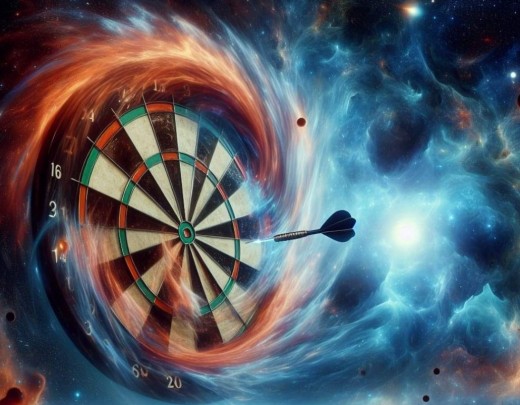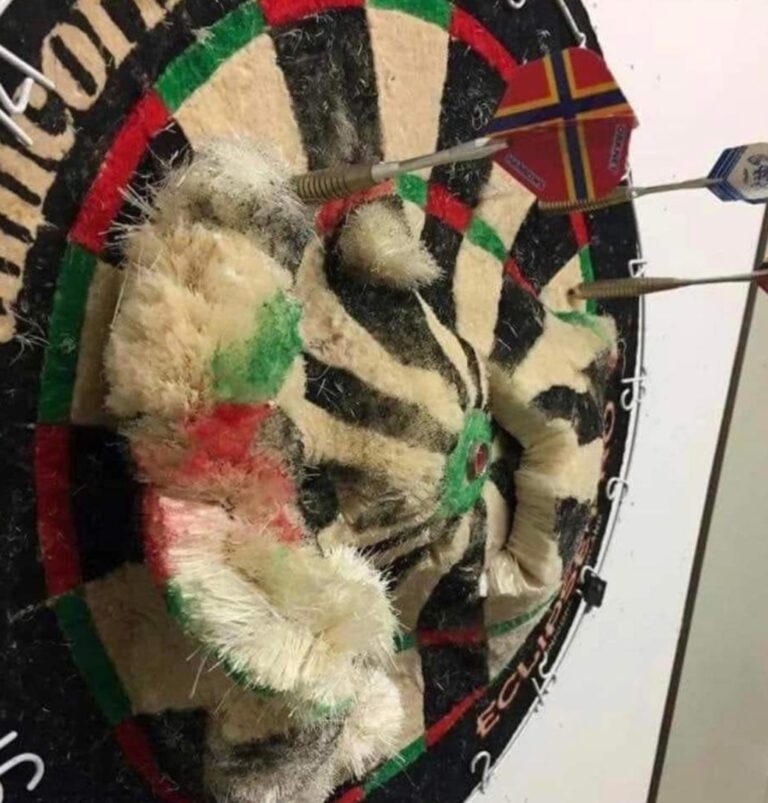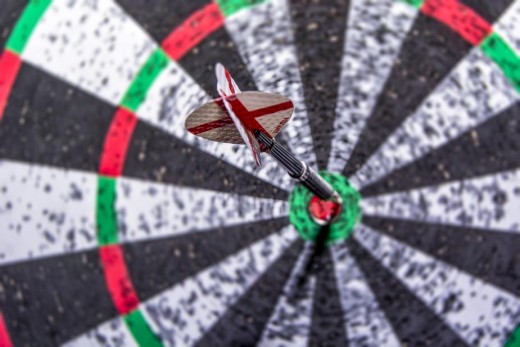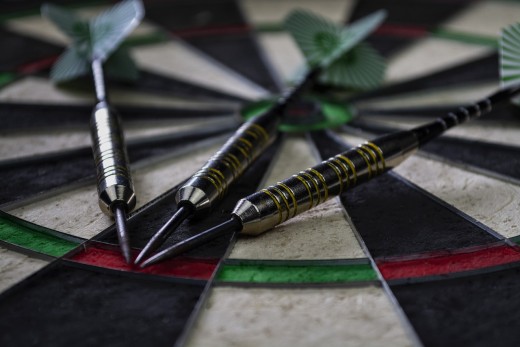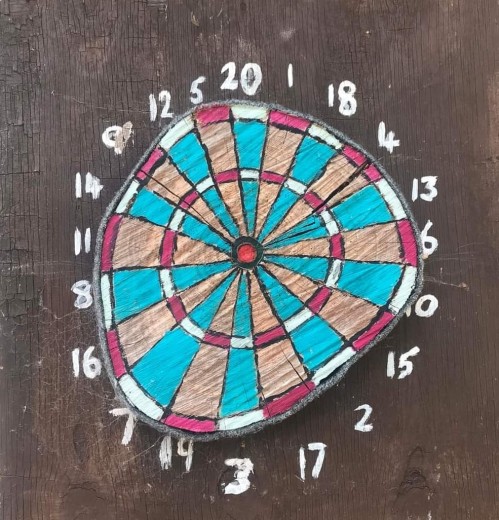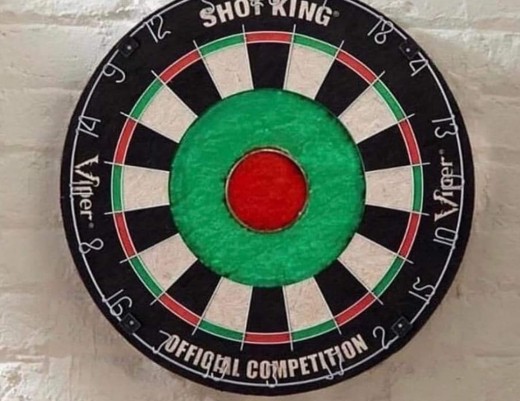Friday, April 10, 2015
Column 485
Dr. Darts appears to support outlandish Inca-darts theory!
While (or is it “whilst”?) my April 1 column (Did the Incas invent darts?) was intended as just a bit of April Foolery, I have since received the following from none other than darts historian extraordinaire, Dr. Patrick Chaplin. Reprinted with permission, the following suggests that, quite possibly, there may have been a wee bit of fact to my fools this time around. Or maybe not. You be the judge.
Coming May 1, nothing but facts about something else extraordinary: the Championship Darts Corporation, which is poised to reshape the landscape of our sport in North America.
__________________________________________________________________________
It is entirely coincidental that, whilst Dartoid was revealing the ‘true’ history of darts on his website I came across apparent verification of his ‘Incas invented darts’ theory; a story written over eighty years ago.
I was searching through my extensive darts archive for evidence that 1930s London and the South Coast socialite Rail Loofa (pictured here on the left accompanied by her ancient, loyal maidservant Vera and Rail’s ultra-loyal dog Scruffy) 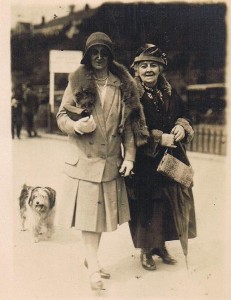 was the first Debutante in England to score a maximum 169 with three darts on the legendary (some might say, mythical) Flop O’Liar Irish dartboard. For those unfamiliar with this board, it was designed by Jimmy ‘Flop’ O’Liar the famous (some might say infamous) Dublin bar owner to brighten up dreary Monday evenings at his pub. His dartboard was unique having not only a treble and double ring but a quintuplet ring and the entirely unforgiveable ½ ring, the latter scoring half of the score of each segment.
was the first Debutante in England to score a maximum 169 with three darts on the legendary (some might say, mythical) Flop O’Liar Irish dartboard. For those unfamiliar with this board, it was designed by Jimmy ‘Flop’ O’Liar the famous (some might say infamous) Dublin bar owner to brighten up dreary Monday evenings at his pub. His dartboard was unique having not only a treble and double ring but a quintuplet ring and the entirely unforgiveable ½ ring, the latter scoring half of the score of each segment.
It was during this research that I happened upon an article in the very first issue of that scarce (some might say, mythical) English newspaper Darts Weekly News published in the late summer of 1937. The editor asks the hoary question “How did darts originate?”
Answering his own question, the editor cites the work of W. D. Maydwell, a journalist for a national UK newspaper; a man who ‘suggests that it is An Old Peruvian custom’ (His unusual capitalisation, not mine.) Maydwell states that ‘many believe that it owes its origin to archery or the Greeks throwing the discus’ but he was convinced that the true origins lay in the ‘Inca Empire of Peru.’
Noting that Incas ‘built cities in tiers on hillsides’ Maydwell opined that when communication was desired a ‘dart was the usual form of message.’ The journalist continued:
The number and colour of the darts’ feathers signified what the message meant, i.e. green or golden meant an immediate command from the Chief Inca himself.
The job of dart messenger was a coveted one so it was customary for aspirants to make a mark on the hillside at which to practice; the best marksman being selected for the post.
Not content with this weakest of connections to the modern sport of darts Maydwell continued:
The Peruvian deity was the Sun. When competitions were held for the selection of messengers those who hit the bull or centre were chosen messengers of the Government as representing the Sun.
Finally, Maydwell provided more details of the dartboard utilised by the messengers at play:
Then the board was divided into twelve sections representing the twelve astrological hours, each governed by a planet with the Centre, the Sun, portraying the Chief Inca deity.
This description of a dartboard with twelve segments made me think (but only for a fragment of a moment) of the London Fives dartboard which, as we darts historians know, had/has twelve segments, thus its nickname the ‘Clock Board.’ I had no idea that this possibly linked back to ‘An Old Peruvian custom’ and the twelve astrological hours.
However, I have one concern. Surely the piercing of an image of the Sun/Chief Inca deity with a dart would result, at the very least, in the darts messenger being bodily hurled from the top of one of those tiers built on the hillsides.
In that respect I fear Maydwell’s theory completely misses the target.
Dr. Patrick Chaplin

